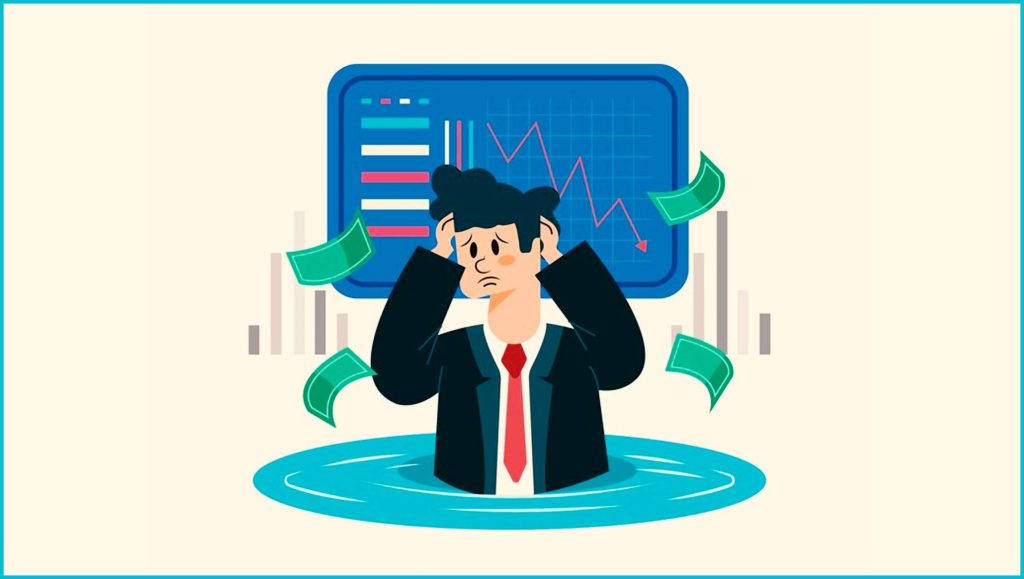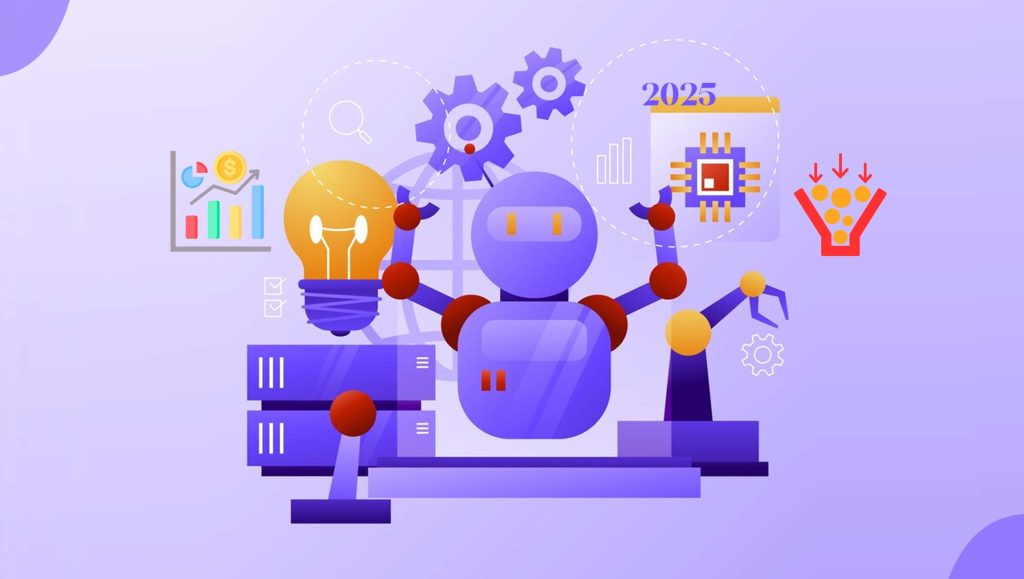Sales Development Representatives (SDRs) have traditionally been a fundamental part of sales teams, functioning as the first line of interaction with prospective clients. Their efforts typically center on labor-intensive activities such as finding leads, assessing prospects, and performing outreach.
As sales automation becomes more sophisticated, it leads to an evolution in Sales roles. Advanced tools streamline repetitive tasks, allowing SDRs to concentrate on high-impact, strategic endeavours that necessitate human creativity. This blog examines how sales automation tools are transforming SDR roles, enabling them to operate more efficiently.
Understanding the Core Responsibilities of SDRs
SDRs lay the groundwork for the sales cycle, ensuring account executives could focus on closing deals. This context sets the stage for appreciating the transformative power of automation in sales development.
- SDRs mainly handled lead generation, qualification, and the first contact with potential clients.
- A significant portion of their time was taken up by monotonous activities like manual data input, cold calling, and dispatching follow-up emails.
- The high workload frequently restricted SDRs from having substantial discussions and developing connections with potential clients.
- The pressure of time limitations and demanding environments resulted in burnout and elevated turnover rates within numerous SDR teams.
How is Sales Automation Reshaping Lead Generation and SDR work cycles?
Sales automation has significantly changed the lead generation process, enabling SDRs to operate more intelligently and effectively. This change has transformed how SDRs tackle their primary objective of locating and connecting with potential clients.
- Instruments such as LinkedIn Sales Navigator and ZoomInfo currently automate a significant portion of the lead-sourcing process, employing AI to pinpoint potential prospects.
- Sales automation tools can process large volumes of data to generate focused lead lists, enabling SDRs to save numerous hours on manual research.
- Automated lead enrichment tools supply SDRs with in-depth prospect details, facilitating more tailored and efficient outreach.
- By automating the labor-intensive aspects of lead generation, SDRs are able to concentrate on strategic planning and building relationships.
Streamlining Lead Qualification with AI and Automation
The incorporation of AI-powered tools in sales automation has greatly enhanced lead qualification. Instruments such as Salesforce Einstein and predictive scoring algorithms analyze extensive data sets to prioritize prospects based on their chances of conversion. This automated evaluation takes into account aspects such as previous interactions, demographic data, and buying habits to prioritize leads with high potential.
Armed with these insights, SDRs can stop spending time on unqualified prospects and focus on developing relationships with those most likely to convert. By optimizing the qualification process, automation enhances SDR efficiency and simultaneously boosts the overall quality of the sales pipeline.
Reallocating Time for Relationship-Building and Strategic Activities
Sales engagement platforms have changed the way SDRs conduct their initial outreach, automating mundane tasks while preserving a personal touch. This automation enables SDRs to expand their efforts without compromising on quality.
- Tools such as Outreach and SalesLoft automate email sequences, follow-ups, and social media engagements.
- These instruments enable customized automation, guaranteeing that every prospect gets individualized communication on a large scale.
- Automated A/B testing of outreach messages enables SDRs to enhance their strategy for optimal efficiency consistently.
- By automating regular outreach tasks, SDRs can focus more on prospect research and preparing for impactful discussions.
Simplifying Initial Outreach with Sales Engagement Platforms
Another domain where sales automation tools excel is the initial outreach process, especially with sales engagement platforms such as Outreach and SalesLoft. These platforms streamline routine tasks like email sequencing, follow-up notifications, and call arrangements. Automation guarantees reliable and prompt communication while enabling SDRs to preserve a personalized approach using customizable templates and insights derived from data.
By lessening the manual tasks, SDRs can concentrate on creating impactful messages and participating in significant discussions that connect with potential clients. This equilibrium of automation and personalization aids SDRs in boosting response rates and fostering stronger connections from the beginning.
Must-Have Sales Automation Tools for Modern SDRs
The contemporary SDR’s toolbox is packed with robust sales automation tools that boost efficiency and productivity. These resources are vital for SDRs aiming to remain competitive in the current rapid sales landscape.
- CRM systems such as Salesforce and HubSpot function as the primary center for all sales operations, streamlining data handling and offering essential insights.
- Platforms for conversation intelligence, such as Gong, examine sales calls to uncover coaching chances and highlight practical strategies.
- Email automation platforms such as Mailshake or Lemlist assist SDRs in efficiently handling extensive outreach campaigns.
- Tools for social selling, such as LinkedIn Sales Navigator, automate the process of finding and engaging prospects on professional networks.
Conclusion
Sales automation tools are changing the function of SDRs, evolving them from task-oriented operators to strategic players. By automating tedious tasks such as lead generation, qualification, and outreach, these tools enable SDRs to concentrate on building relationships, tailored engagement, and strategic efforts. This progression not only enhances personal productivity but also boosts the total efficiency and effectiveness of the sales process. Adopting sales automation is essential for SDRs to succeed in the current competitive landscape. Companies need to invest in the appropriate tools and training to guarantee their SDRs are equipped for this dynamic change.
Read More: SalesTech Meets Blockchain: Redefining Trust in B2B Transactions
















